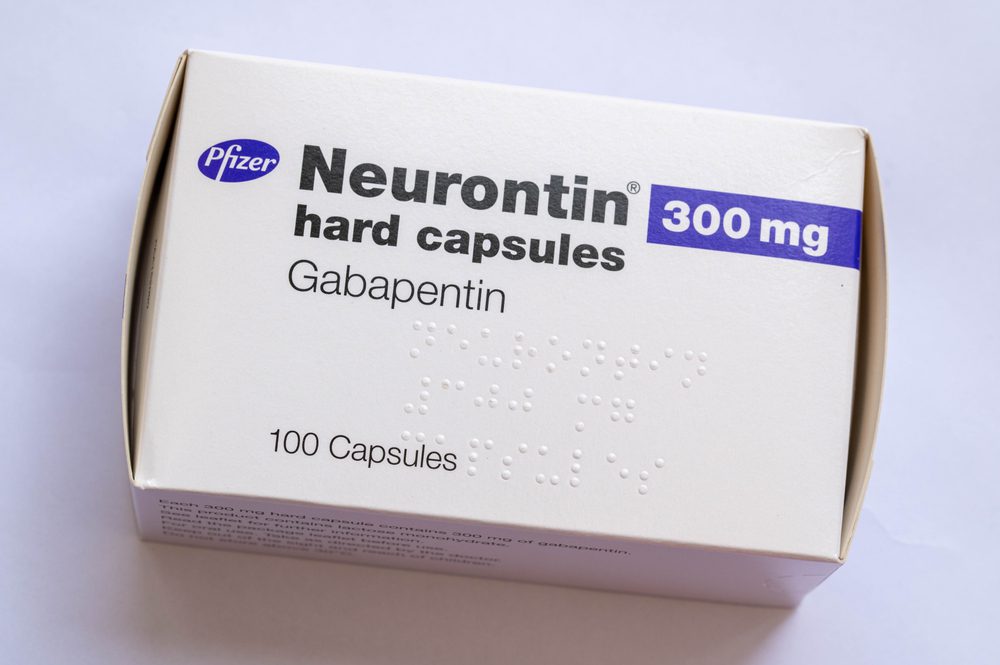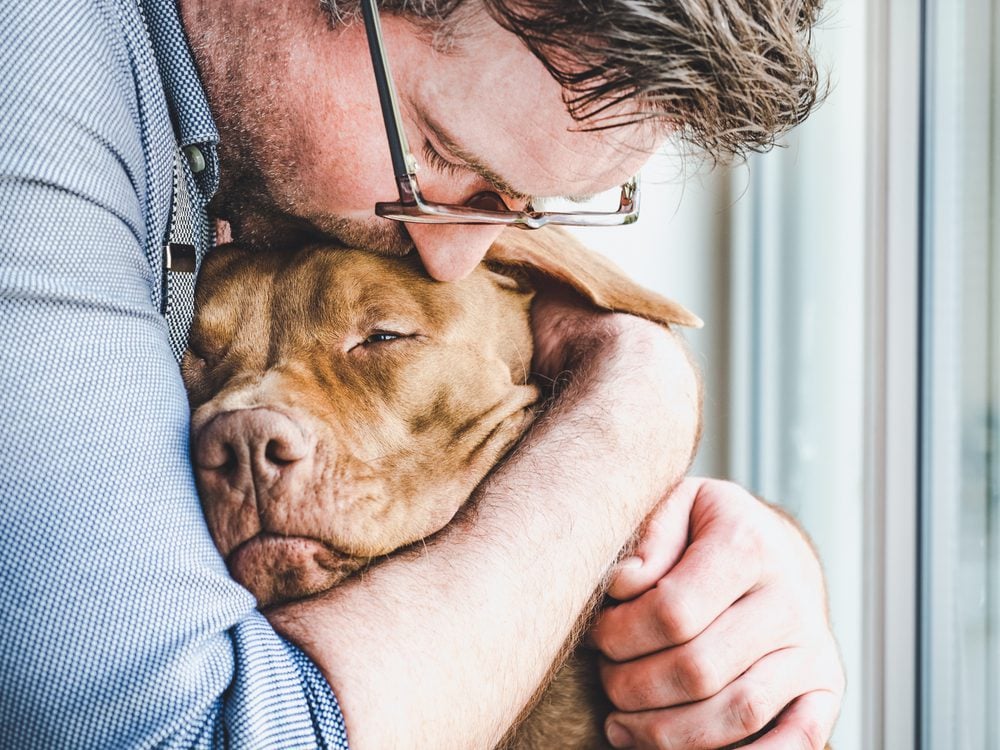Gabapentin for Dogs: How it Works, Dosage, and Side Effects

Table of Contents
In veterinary medicine, Gabapentin is used “off-label” and in conjunction with other meds to prevent neuropathic pain and manage pets with seizures.
Keep reading to learn everything you need to know about Gabapentin for dogs. We will go through the medication’s benefits and considerations. We will also discuss the potential side effects and explain when it is time to notify the vet.
Can I Give My Dog Gabapentin?

Yes, you can give your dog Gabapentin. However, first, you need to consult with your trusted veterinarian and get a prescription. Gabapentin is safe and efficient for dogs but only when used correctly and in individually tailored doses.
Never give your dog oral liquid Gabapentin formulated for humans. This is because human oral suspensions almost always use the artificial sweetener xylitol as a taste enhancer. Sadly, xylitol is highly toxic to dogs and can cause a potentially fatal blood sugar drop.
It is also highly inadvisable to give your dog human Gabapentin pills as they contain much higher doses than your dog needs. Giving your dog human Gabapentin capsules or tablets can quickly cause a Gabapentin overdose.
When to Use Gabapentin for Dogs
Gabapentin is a structural analog of the inhibitory neurotransmitter gamma-aminobutyric acid (GABA). Although the medication mimics GABA’s effects, its exact mechanism of action is poorly understood.
However, we know that Gabapentin inhibits the voltage-gated calcium channels in the brain. The reduced calcium currents in the central nervous system decrease the release of excitatory neurotransmitters, which results in seizure, pain, and anxiety control.
Interestingly, Gabapentin does not directly impact pain nor block the pain signals from reaching the brain. Instead, it quiets the nervous system and acts as a specific type of nervous system dampener.
In summary, Gabapentin is prescribed by veterinarians for dogs who suffer from chronic pain, seizures, or epilepsy.
Benefits and Uses of Gabapentin for Dogs
Gabapentin (brand names: Neurontin®, Neurostil®, Gantin®, Gabarone®, Gralise®, Progresse®, Aclonium®, and Equipax®) can be used to treat various conditions and issues. Let’s explain the most popular Gabapentin uses.
Gabapentin for Seizure Control. Seizures are the most common neurological disorder in dogs. Depending on the underlying cause, they can be hard to manage, and traditional anti-seizure drugs are often linked with adverse reactions. Gabapentin is an add-on medication that, when used in combination with other anti-seizure drugs, helps manage canine seizures and epilepsy.
Gabapentin for Pain Management. Gabapentin works best for managing neuropathic pain – pain that stems from issues like extruded discs and nerve injuries. It is also very efficient in managing joint pain and postoperative pain. When used together with NSAIDs and opioids, it boosts their efficacy and allows lowering their doses. This is important considering that long-term use of both NSAIDs and opioids is associated with severe side effects.
Gabapentin for Anxiety Relief. This is a less traditional and relatively novel Gabapentin use in pets. However, it is already becoming quite popular. Namely, the slightly sedating effect can be used to relieve situational and generalized anxiety. Gabapentin can be used to calm dogs during stressful situations such as grooming appointments, long car rides, veterinary clinic visits, loud events (fireworks, thunderstorms), etc.
Finally, we should note that Gabapentin is an add-on medication meaning it is usually used in conjunction with other drugs and rarely given on its own.
Potential Side Effects and Risks of Gabapentin for Dogs

All medications cause side effects – some more and others less severe. The two most common side effects of Gabapentin are:
- Sedation (increased sleepiness)
- Ataxia (loss of coordination)
Although common, the risk of these side effects can be minimized if the Gabapentin introduction is performed gradually over an extended period. Sedation is more likely to occur in dogs receiving other sedating meds such as Tramadol.
Plus, the side effects are temporary. Since Gabapentin is a short-acting medication, its effects diminish after 24 hours of administration. However, the effects may persist longer in dogs with liver and kidney disease.
Therefore, Gabapentin should be used with caution in dogs with:
- Liver and kidney problems
- Young puppies
- Pregnant and lactating female dogs
On the other hand, Gabapentin should not be used at all in dogs:
- Allergic to the active ingredient
- Receiving meds with known drug interactions
Gabapentin Dosage for Dogs
The general rule of the thumb is that dogs should receive around 5 mg of Gabapentin per kg of body weight every 12 hours. However, there are many individual variations and factors, meaning finding the correct Gabapentin dosage for your dog might take experimentation.
Gabapentin formulations are available in three different forms – capsules, tablets, and compounded liquid. The capsules and tablets come in various strengths – 100 mg, 300 mg, and 400 mg, and the oral liquid contains 250 mg Gabapentin per 5 ml of suspension.
If a specific form is easier for you to use or more acceptable for your dog, ask the veterinarian to prescribe it in particular.
Regardless of which form you choose, Gabapentin is always administered by mouth, and it can be given with or without food. If your pet has a sensitive tummy and is prone to vomiting and diarrhea when given meds on an empty stomach, give the Gabapentin dose before feeding.
If you accidentally miss a dose, you have two options:
- Give the missed dose as soon as you remember and then the next scheduled dose (just do not double up the dose to compensate).
- Skip the missed dose and give the next dose in accordance with the regular schedule (once again, do not give a higher dose as a form of retaliation).
When discontinuing your epileptic dog from Gabapentin, do not stop the medication suddenly. In dogs with epilepsy, a sudden Gabapentin discontinuation is likely to trigger withdrawal seizures. The vet will help create the best plan for weaning your dog off in terms of decreased dose and administration frequency.
The same dose tapering plan should be used for dogs using Gabapentin for pain. In these dogs, stopping the medication abruptly will result in rebound or pain, which is much worse than the initial pain.
Gabapentin for Dogs Usage Guidelines
Gabapentin is a valuable addition to any anti-pain management plan. Gabapentin is relatively fast-acting – when added to a current protocol, it yields an improvement within 24 hours of administration.
However, its maximum effect becomes apparent after consistent use for between 7 and 10 days. Therefore, do not ask the vet for a dosage modification before this timeframe.
On the other hand, you should ask the veterinarian about possible drug interactions, especially if your dog is on long-term medications for another condition.
For example, if your dog is receiving an antacid, you need to make sure Gabapentin is administered separately – ideally, wait at least two hours before giving the Gabapentin. This is because antacids have the ability to decrease Gabapentin’s stomach absorption, thus leading to decreased efficacy.
To be more precise, Gabapentin can interact with the following medications:
- Antacids (Pepcid or Prilosec)
- Morphine or Hydrocodone
Because of Gabapentin’s sensitive nature and risk of side effects, it is advisable to inform your vet about all meds your dog is using, including dietary supplements, vitamins, and herbal therapies.
With that being said, if your dog is not a suitable Gabapentin candidate, you are scared by the potential side effects, or you simply prefer a more natural solution, you can always give CBD oil for dogs a try.
CBD oil for dogs is a natural and holistic supplement that can help with the same specter of issues as Gabapentin. Namely, CBD oil can be used to manage seizures in dogs because of its antiepileptic features, pain due to its ability to block the pain pathways in the brain, and anxiety since it has anxiolytic effects.
We sincerely recommend using the Honest Paws CBD oil. All Honest Paws CBD Products are made of organic and US sourced hemp and feature human-grade, premium quality ingredients. Plus, it is available in different condition-specific formulas.
Our Final Thoughts on Gabapentin for Dogs

Gabapentin is a popularly used medication in veterinary medicine. Although classified as an anti-seizure drug, it can successfully manage pain and anxiety. Do not hesitate to talk to your trusted vet if you think your dog’s condition could benefit from Gabapentin.
Bottom line, Gabapentin is safe and efficient but starting your dog on this medication is not something you can decide on your own. Also, keep in mind that this article is purely informative and should not be used instead of professional veterinary advice.

















